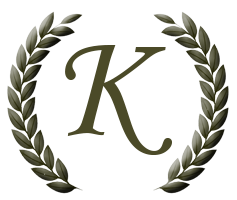Reginald Heron
Reginald Heron, of Dresden, Maine, let go of his long battle with cancer on December 15, 2012. Reg was born in Marseilles, France, in 1932, to British parents. With them, he fled the approaching war in summer 1940, across France and Spain to Portugal, where they had to wait several years before being able to evacuate to England. Thus, his formal schooling began rather late, in wartime England, at Vinehall prep school in Devon. He was a fine athlete, an especially strong swimmer. Other early fascinations included classifying butterflies (and he was delighted to recognize their close relatives when he got to Maine) and ham radio, which contributed to his next step, a diploma in electrical engineering from Faraday House in London. In London’s bookstores he soon chanced on discussions of the Bauhaus, which totally captivated him, and he determined to pursue studies in photography. He made his way to the US and, after various employment detours, received his BS in photography from the Institute of Design of the Illinois Institute of Technology in 1963, followed by an MS in 1966. He served in the US Army, which sent him to Germany, “because they learned I was fluent in French,” after which he resumed his career in photography. From 1966-70 he was an Assistant Curator for the International Museum of Photography at the George Eastman House in Rochester. Teaching, however, would be his passion. He began with several visiting positions, at the Visual Studies Workshop in Rochester, the Department of Creative Arts at Purdue University, and the Department of Fine Arts at Indiana University. In 1970, his beloved mentor Henry Holmes Smith hired him full time at Indiana University in Bloomington, Indiana. He taught there in the School of Fine Arts until he retired in 1997. During much of that time he also worked, and trained many a student, as field and object photographer for the IU archaeological excavations in Greece, where he met his wife, K.D. Vitelli.
His black and white images, especially those shot at night and often in Greece, are powerful and beautiful demonstrations of his mastery of the science and materials of photography, as well as his sharp eye and appreciation of light and form. Examples of his work are in numerous collections and publications, catalogues, and specialist archaeological volumes. But he was first and foremost a teacher and persistent researcher of the photographically impossible, remembered for his high standards, endless knowledge with which he was totally generous, a beguiling sense of humor, and the ability to push students way beyond their perceived abilities, with great gentleness and humility.
Soon after he and his wife moved to Dresden in 2003, he began working with digital images and color. This later work, while superficially different from most of his earlier art, shows the same sharp eye, attention to composition, experimentation and “understanding the materials” that students recall so vividly from his silver classes.
He is survived by his wife, several cousins in Europe, and many dozens of photography students for whom he was not only mentor, but also often a second father. Memorial contributions may be sent to the Society for Photographic Education (www.SPEnational.org ).
Arrangements are under the care of Kincer Funeral Home 130 Pleasant St. Richmond, Me 04357.
